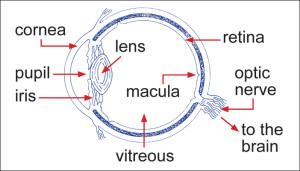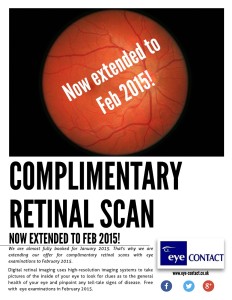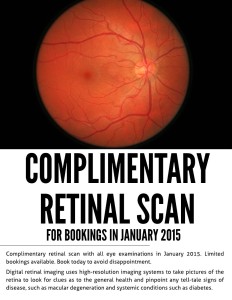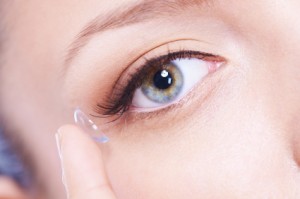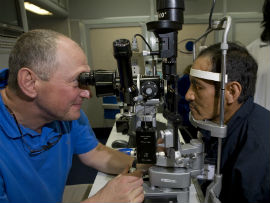- damages the optic nerve at the point where it leaves the eye
- caused by raised eye pressure or weakness in the optic nerve
- raised pressure is caused by the aqueous fluid behind the iris failing to drain properly
- symptoms are often unnoticeable & sight loss is irreversible
Your regular check-up helps detect symptoms Click here to book online
Risk factors for developing Primary Open Angle Glaucoma (the most common type)
- Your age: POAG becomes much more common as we get older. It is uncommon below the age of 40 but this type of glaucoma affects one per cent of people aged over 40. About five per cent of people over the age of 65 have primary open angle glaucoma.
- Your race: if you are of African origin you are more at risk of POAG. It is also more likely to develop at an earlier age and be more severe.
- Family: you are at a higher risk of developing glaucoma if you have a close blood relative who has chronic glaucoma.
- Short sight: if you are very shorted sighted you have a higher risk of developing chronic glaucoma.
- Diabetes: if you have diabetes you have an increased risk of developing POAG.

